There is more to Berlin than the Berlin Wall – this city is alive with history, but also creativity, culture, and great food. Follow our local's tips on the best things to see and do.
 Photo © Getty Images / spreephoto.de
Photo © Getty Images / spreephoto.de
Most people who visit Berlin know the city primarily for two things: its world-famous reputation as the clubbing capital of Europe, and its more sinister historical relationship to the Holocaust. Both are certainly visible to anyone visiting the city for the first time. Combined, this atmosphere creates an interesting adjacency. It describes the tension in a city that was literally once split in two, and any memorable trip to Berlin should encompass a mix of these elements, among heaps of other things. No matter how long I live here, I continue to be surprised at the city’s historic, creative, culinary, and cultural offerings. It’s a place that manages to appeal to almost everyone, regardless of their individual tastes.
Whenever I explore the city when friends are visiting me, I always tell them that the most important way to start their adventure is on a full stomach.
- Start with the food
- Street art culture in Berlin
- Don't miss the memorial stones in Hackescher Markt
- Bars, clubs, and music in Berlin
- Trip notes
Start with the food
Unlike some other German cities, such as Munich or Stuttgart, Berlin is an international city that attracts restaurateurs and culinary heroes from around the world. Thanks to a rich, diverse metropolis of immigrants, most types of foreign food have a presence in some way or shape, either as food trucks, small takeaway bars, or Michelin-starred fine dining experiences. The trick is, how do you enjoy as much of them as possible in a single visit?
Head to Kreuzberg, the eastern suburb renowned for its elaborate street art, larger-than-life hand-painted murals, and impromptu summertime parties along the Landwehrkanal. It’s also home to Markthalle Neun, one of Berlin’s premier food halls that boasts irresistible delights from food vendors from around the globe. Sample freshly baked Italian bread and Pizza Romani, handmade local sausages and cheeses, regional wines, and delicious curries from all over Asia. While the market is most popular on weekends, my favorite time to go is Street Food Thursdays, when the market opens its doors to even more vendors who are tirelessly devoted to their passion for cooking. It’s almost impossible for me to leave without having eaten at least four different meals.
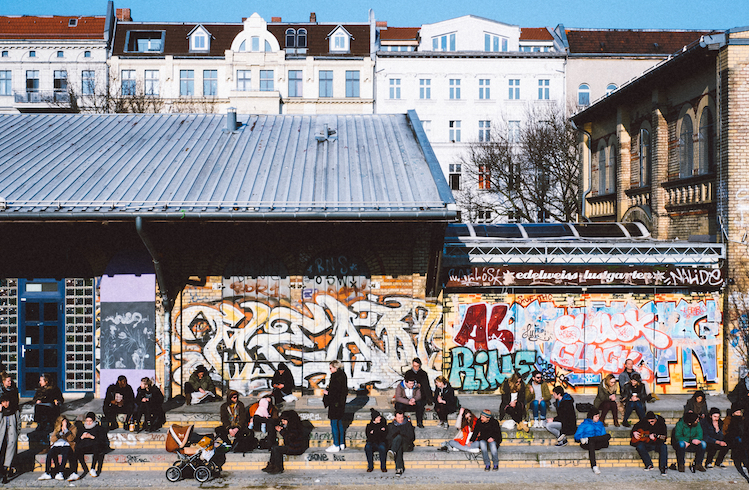
Street art culture in Berlin
It’s only a 20-minute walk from Markthalle Neun to East Side Gallery, the permanent open-air exhibition of murals painted onto the longest surviving section of the Berlin Wall. There are so many famous paintings on this half-mile (1.3km) strip of concrete that each one has become its own recognizable postcard. Many of the pieces are odes to former East Berlin, reunification, and the division that marred the country for 28 years. It’s also an extremely popular tourist destination, so, if you’re looking for street art that’s off the beaten path, I strongly recommend checking out the Haus Schwarzenberg Street Art Alley in Hackescher Markt instead.
Hidden off the main street, it’s comprised of a series of complementary courtyards that feature various hidden shopping, food, and entertainment venues, decorated with some of the most spectacular outdoor street art the city has to offer. Be sure to thoroughly explore the area’s hidden doorways off to either side. I’m always personally struck by the painting of Anne Frank by world-famous street artist Jimmy C, one of the few pieces that remains untouched amidst the constantly self-replenishing murals.
Haus Schwarzenberg is only a 24-minute ride from East Side Gallery on the S-Bahn train, but on a nice day, I prefer the 46-minute stroll along the Spree, the river that runs through Berlin. Along the way, I like to stop off at Holzmarkt25, the industrial landfill-turned-thriving-cultural-coop. Here’s where I check out my favorite locally made art, for which Berlin counterculture is particularly famous.
Don’t miss the memorial stones in Hackescher Markt
Today, Hackescher Markt is a trendy place to shop and dine out, but once upon a time it was the center of Jewish life in Berlin. There are still notable landmarks that attest to that, like the Jewish cemetery at Große Hamburger Straße, and the synagogue at Oranienburger Straße. There’s no shortage of memorials to the Holocaust in Berlin, including the Memorial to the Murdered Jews of Europe, the Memorial to Homosexuals Persecuted under Nazism, and the Memorial to the Sinti and Roma Victims of National Socialism – all of which can be reached with a 30-minute walk from Hackescher Markt.
But don’t forget to look down – the Stolpersteine (or Stumbling Stones) are the largest decentralized monument anywhere in the world. These are small brass stones laid into the sidewalks all around Berlin and Europe at large. They feature the name, birthday, and date and place of death of a person who was murdered by the Nazis. Each one is placed in front of the building where that person chose to live before being deported and executed. The stones represent the agency that victims had over their lives before it was ripped away from them. Their shiny brass veneers are all over Berlin, and there is a striking concentration of them in Hackescher Markt that adds a somber dimension to this otherwise thriving cultural center – a juxtaposition that is, in so many ways, representative of the city as a whole.
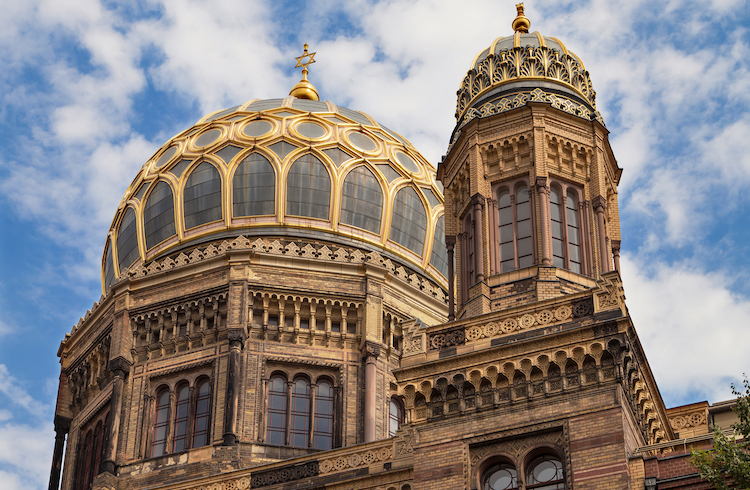
Bars, clubs, and music in Berlin
If sex and fetish clubs aren’t necessarily your thing, then you’re in luck – there are also plenty of outdoor strips dedicated to live music, dance, street food, and performance. Many of them are located along the Spree in Friedrichshain. This district is known for its food and music festivals that showcase Berlin’s cultural diversity, from Jamaican jam fests to African food festivals, literary celebrations, and contemporary hip hop dance nights.
YAAM, which stands for “Young African Art Market”, is an outdoor institution that features everything from standup comedy to live music performances and even night-time flea markets, which you're welcome to participate in while enjoying a plate of jerk chicken from the on-site kitchen. If you have time, I'd also recommend signing up for its street art courses.
One of the biggest mistakes I think travelers make when visiting is coming to see Berlin rather than experiencing Berlin. They go to a club, take some selfies in front of Brandenburg Tor, and that’s all. But the city is built on a network of intersecting histories and present-day quirks. Engaging with them in a meaningful and memorable way requires taking your time, wearing comfortable shoes, a willingness to listen, and keeping cash in hand. If you can do that, then your trip can easily turn into an adventure.
Trip notes
Getting around
If you don’t want to walk in Berlin, renting a bicycle is easy to do, and most neighborhoods have dedicated cycling lanes that are visible, safe, and well maintained – particularly around the city’s green spaces, such as Tiergarten, Tempelhofer Feld, and the Südgelände Nature Park in Schöneberg.
The S-Bahn (Schnellbahn or rapid city rail) and the U-Bahn (underground train) are the most utilized transportation lines in the city. Tickets can be purchased on your phone using the BVG app.
When to go
Tourists are quite fond of Berlin in summer, but autumn leaf foliage is a sight to behold, especially in the city’s parks and around the monuments.
Where to stay
If you want to be in the center of everything, then set yourself up in one of the city’s many boutique hotels in Mitte or Friedrichshain. Many feature stunning Art Nouveau interior design and furnishings.
Money in Berlin
Berlin is famously known for being a cash city. Many trendy restaurants and bars don’t take cards, so make sure to keep notes handy, but keep an eye on your wallet in the more touristy parts of town (like the Eastside Gallery) because there are just as many pickpockets in the city as there are ATMs.
Related articles
Simple and flexible travel insurance
You can buy at home or while traveling, and claim online from anywhere in the world. With 150+ adventure activities covered and 24/7 emergency assistance.
Get a quote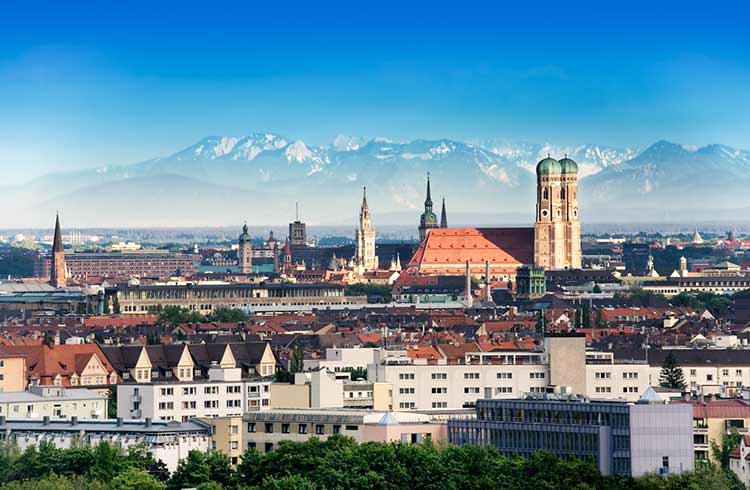
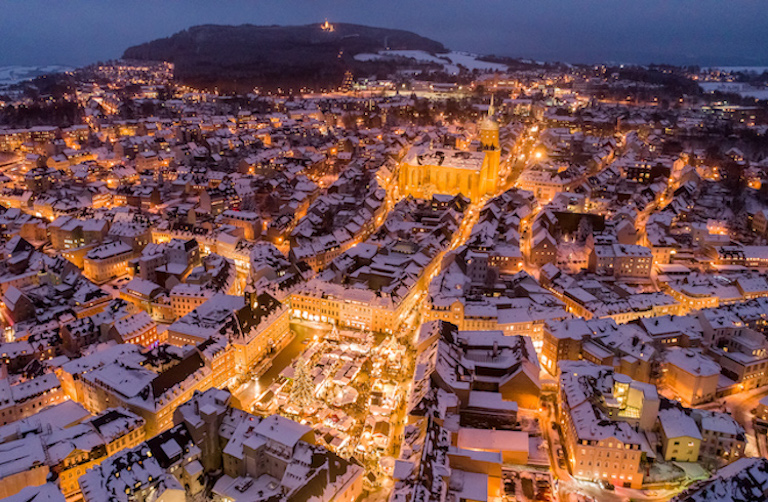
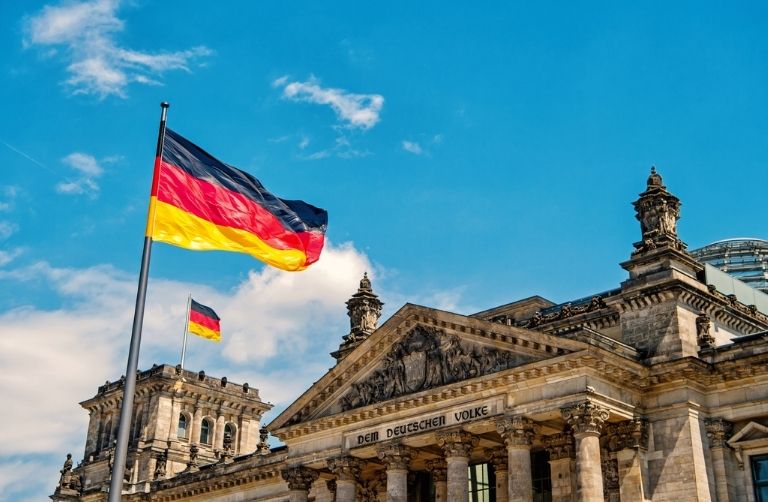
No Comments